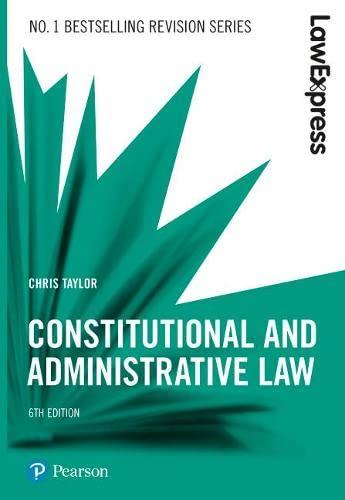Question
The client, Mr. David Keys, would like to know what state law provides concerning the removal of a director from the board of directors of
The client, Mr. David Keys, would like to know what state law provides concerning the removal of a director from the board of directors of a corporation. Prepare an information letter to Mr. Keys summarizing the requirements of the removal statute. Draft the letter for the signature of your supervisory attorney, Alice Black. Use the letterhead presented in the Application chapter 19 letterhead (The letterhead usually contains the full name, address, telephone number, and facsimile number of the law firm. It is usually preprinted on the firm's stationery and centered at the top of the page. Subsequent pages contain an identification of the letter, which is usually called a header. The header includes the name of the addressee, the date, and the page number. Place it at the top left or right margin of the page). Mr. Keys' address is 761 South Vine Street, Sunnydale, NW 00066.
Statute: New Washington Statutes Annotated 77-11-22. Removal of directors: At a meeting of shareholders called expressly for that purpose, directors may be removed in the manner provided in this section. Any director or the entire board of directors may be removed, with or without cause, by a vote of the holders of a majority of the shares then entitled to vote at an election of directors.
Confirmation letter- create meeting, deposition or trial
One INFORMATIONAL LETTER
An information letter is a letter that provides general legal information or background on a legal issue. It communicates basic information; it does not give a legal opinion on a question or provide legal advice. Some of the types, and examples of parts of the body of these types, are the following:
- Letters that confirm an appointment or inform of the date and time of scheduled events
- Letters that inform the client of the current status of the case
- Letters that present the firm's bill
- Letters that give the results of an investigation
- Letters that provide general legal information or background on a legal issueThis type of information letter merely presents a summary of the law or the legal status of a case. The information may include a summary of the law involved in the client's case or the requirements of a particular statute.
The body of an information letter that provides the results of legal research and analysis usually consists of the components listed below:
Introduction/Opening- The introduction states the purpose of the letter.
Answer/Explanation-This section presents the results of legal research and analysis.
Closing- The closing of the letter is similar to the closing of any legal correspondence, as discussed in the Basic Components section of this chapter.
In some instances, especially when the answer/explanation is lengthy or complex, it may be necessary to include a summary or a conclusion in the closing.
Step by Step Solution
There are 3 Steps involved in it
Step: 1

Get Instant Access to Expert-Tailored Solutions
See step-by-step solutions with expert insights and AI powered tools for academic success
Step: 2

Step: 3

Ace Your Homework with AI
Get the answers you need in no time with our AI-driven, step-by-step assistance
Get Started


